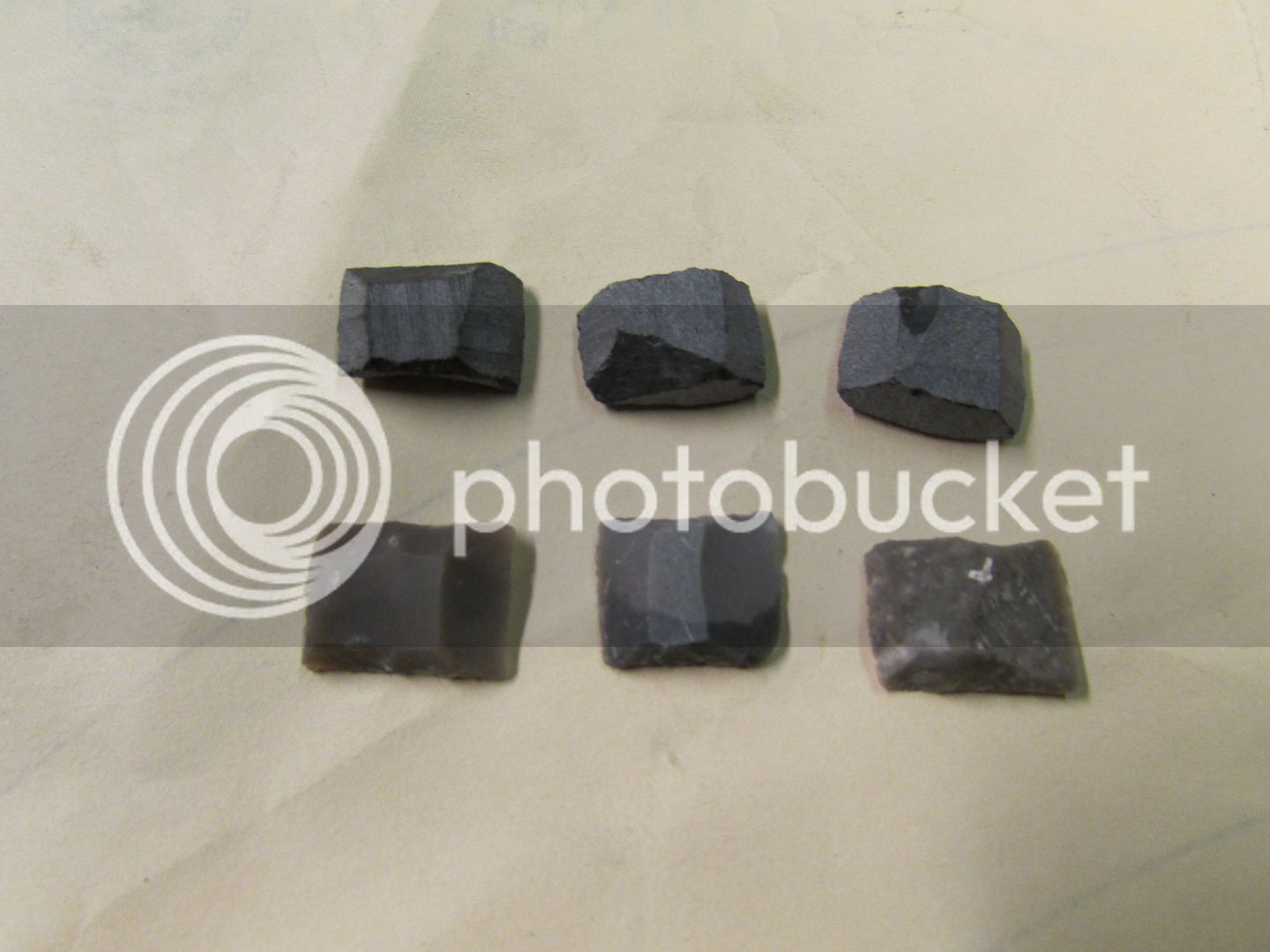I watched a bunch of videos and realized something. Those "knockers" that are in many "kits", are nothing but copper pipe endcaps, with a little lead in them, and attached to a stick for a handle. So I went to my local hardware store, and bought a couple sizes, poured a little lead in them, and attached them to appropriately sized sticks about 5-6" long for handles. Now this, in addition to an antler tine, is what I use at home for making my gun flints. In the field, for sharpening my flint, I just use my knife or a tiny copper/brass hammer that a friend of mine made me. Currently, I am about 50/50 as to weather I make a gunflint or a pile of chips, but the gunflints work very well. The last hog I took was taken with Lyman GPR, using a home cast RB, home knapped flint, um, not store bought powder (which we can't discuss here so I won't answer any questions on), and a piece of cloth I bought at Joanne's Fabrics for a patch, and lubed with Moose Juice. Tasted pretty good too.
Anyway, this is one of those times when you want eye protection, and a BIG box of bandaids, cause you will cut yourself. A piece of leather or some other kind of padding/protection for your leg is nice too if you insist on doing this the old way like I do. And don't get discouraged when you fail. At first, you will make a lot more chips than anything else, then, as you get a feel for it, you will make chips that resemble gun flints, and then you will make gunflints. It's just chips, flint, and time, but you will get better and better at it if you keep practicing. I'm not near the point of being "good" yet, but I make enough flints to keep myself shooting.





